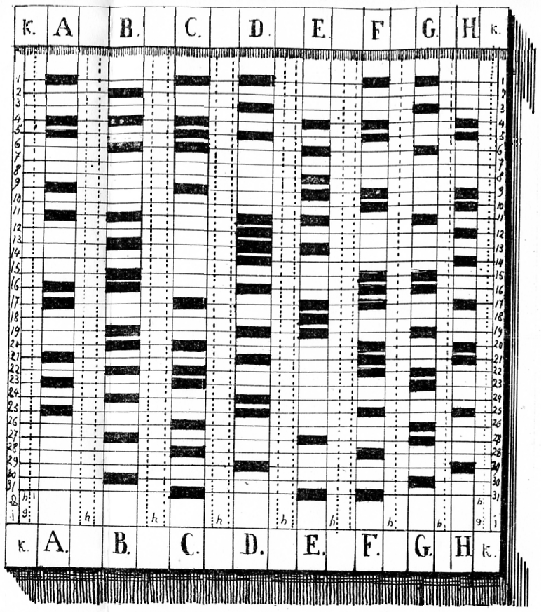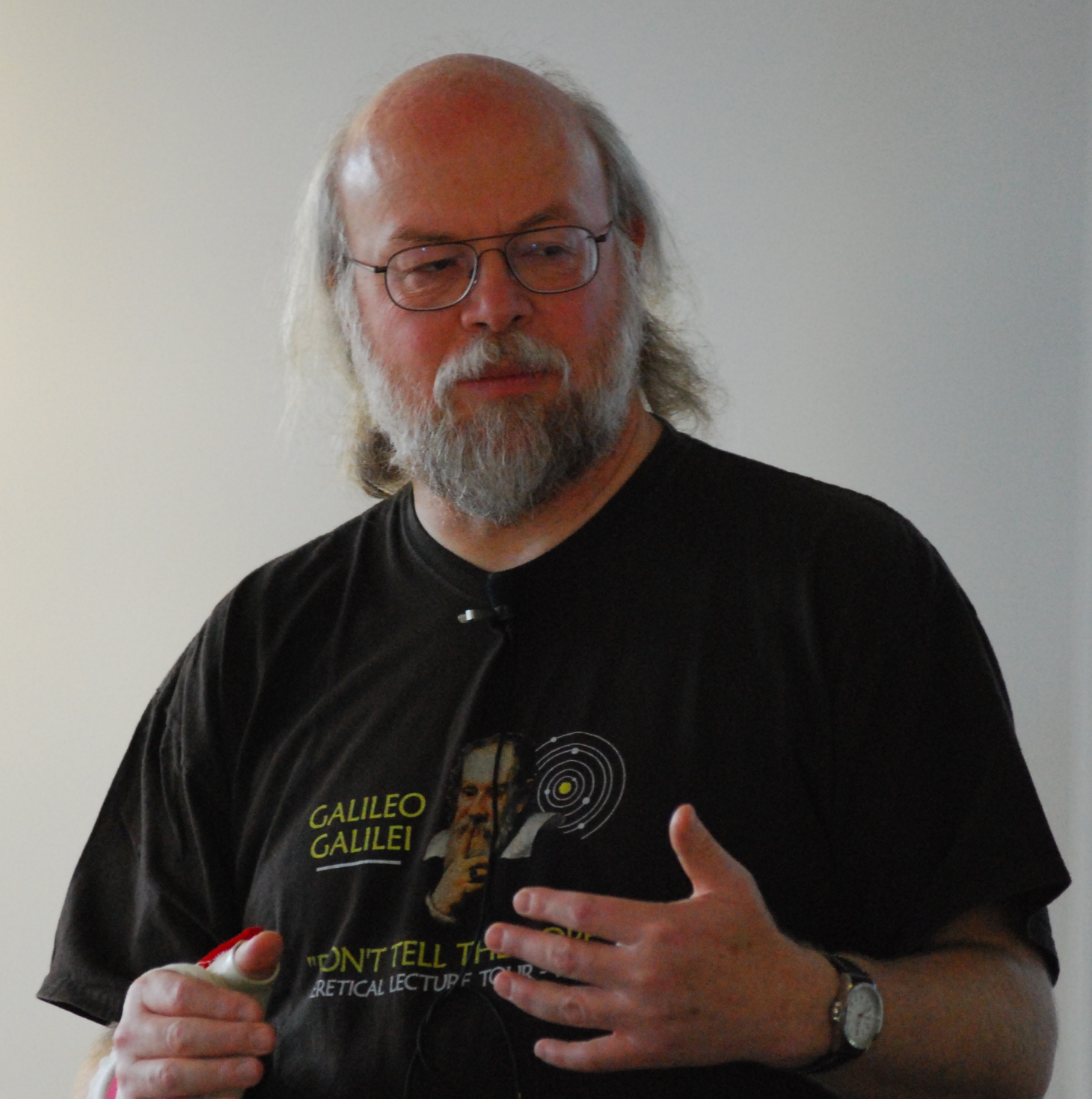OOPS,Evolution of Programming!
Hello Reader,
Hope that you are doing well, You might be thinking what is the topic for the day OOPS,Evolution of Programming now what is that, what does that have to do with programming,Lets take you to a journey which will answer all your questions and doubts over Programming and it's Evolution to OOPS!
So Let's Start,
Programming is a medium which helps us communicate with the computer in order to achieve a certain task, How it's done Let us tell you about that.
It all began with the evolution of computers with Charles Babbage working on their analytical engine and Ada Lovelace being the first programmer,
You Might be wondering, What is a Program?
The answer is , A Set of Instructions or commands to the Computer.
Here is an example of a Binary Program
At that point in time the medium of communication with the computers was punching cards which is a piece of paper and it used to have Binary information to be processed as an input resulting in an output in the same form.
The Machine understands Binary so it was called as Machine Level Language moving on as the Silicon Era Came, But Wait Why we moved on?
The Reason is in order to process something which gives some output the inputs were too large
and it used to take days to get the output that to was processed in Batches. So moving on
With Advent of transistor and Silicon chips, The digital era changed totally. Which changed the history as processors evolved in terms of their performance they were now programmed on a language called as "Assembly Level Language" which was not hefty it was quick and easy to learn an example explains a single line of code i.e.
ADD A,B
The above is the example of an addition of two values in variable A and B, Containing 3 things ADD , A and B now what are they ADD is the operation the first variable (a.k.a Operand Destination) A is the destination variable where the operation result will be stored the second variable (a.k.a Operand Source) B is the source variable whose value is added to the source in this case A.
These programs were written in times of Microprocessors, They were little human readable , But the machine understands machine level language , So the question in the mind should be now what?
Now there was a middleman which used to do all the translation of the code to make it Machine Readable and that middle man is Interpreter, will talk about that more in the future but for now it's just a translator.
Moving on the purpose of programming was achieved but the problem was yet not solved and the problem was:
1) The Performance
2) Lines of code the machine has to process
So then came this Brilliant Guy
But the performance it gave was enormous , It is the most famous POP Language ("Procedure Oriented Programming").The first problem was solved so that is 1 down , 1 more to go the 2nd one was solved further by the language invented by the guy below:
and the Language was called C++ for the reason that it evolved from C and is the advance version of it, It was the most Famous OOPS Language ("Object Oriented Programming System") now what does it do , It solved the problem no. 2 by Introducing a Concept of Class which is a blueprint one can use and reuse again.
Moving after that Combining C & C++ James Gosling invented Java which is the most popular OOPS language of all time.
The reason of its popularity being the problem which C & C++ had the Platform independence today JAVA runs on Billions of devices. So that's how Generations evolved from Machine Level Language to OOPS.
Hope that you are doing well, You might be thinking what is the topic for the day OOPS,Evolution of Programming now what is that, what does that have to do with programming,Lets take you to a journey which will answer all your questions and doubts over Programming and it's Evolution to OOPS!
So Let's Start,
Programming is a medium which helps us communicate with the computer in order to achieve a certain task, How it's done Let us tell you about that.
It all began with the evolution of computers with Charles Babbage working on their analytical engine and Ada Lovelace being the first programmer,
You Might be wondering, What is a Program?
The answer is , A Set of Instructions or commands to the Computer.
Here is an example of a Binary Program
101110101110111
At that point in time the medium of communication with the computers was punching cards which is a piece of paper and it used to have Binary information to be processed as an input resulting in an output in the same form.
 |
| Punching Card Source: Wikipedia/Google |
The Machine understands Binary so it was called as Machine Level Language moving on as the Silicon Era Came, But Wait Why we moved on?
The Reason is in order to process something which gives some output the inputs were too large
and it used to take days to get the output that to was processed in Batches. So moving on
 |
| NPN Transistor Source: Sparkfun/Google |
ADD A,B
The above is the example of an addition of two values in variable A and B, Containing 3 things ADD , A and B now what are they ADD is the operation the first variable (a.k.a Operand Destination) A is the destination variable where the operation result will be stored the second variable (a.k.a Operand Source) B is the source variable whose value is added to the source in this case A.
These programs were written in times of Microprocessors, They were little human readable , But the machine understands machine level language , So the question in the mind should be now what?
Now there was a middleman which used to do all the translation of the code to make it Machine Readable and that middle man is Interpreter, will talk about that more in the future but for now it's just a translator.
Moving on the purpose of programming was achieved but the problem was yet not solved and the problem was:
1) The Performance
2) Lines of code the machine has to process
| Dennis Ritchie Source:Google |
So then came this Brilliant Guy
Who invented a very popular language and the mother of all languages called as C,Now you must be wondering why was that called C actually the simple reason is it came after the language B , C evolved from Unix Operating System and vice versa.
But the performance it gave was enormous , It is the most famous POP Language ("Procedure Oriented Programming").The first problem was solved so that is 1 down , 1 more to go the 2nd one was solved further by the language invented by the guy below:
| Bjarne Stroustrup Source:Google |
and the Language was called C++ for the reason that it evolved from C and is the advance version of it, It was the most Famous OOPS Language ("Object Oriented Programming System") now what does it do , It solved the problem no. 2 by Introducing a Concept of Class which is a blueprint one can use and reuse again.
Moving after that Combining C & C++ James Gosling invented Java which is the most popular OOPS language of all time.
 |
| James Gosling Sources:Google |
The reason of its popularity being the problem which C & C++ had the Platform independence today JAVA runs on Billions of devices. So that's how Generations evolved from Machine Level Language to OOPS.
We would Love to hear it from you, Feel free to Share & Comment.
Follow us on the following platforms:
Facebook at: facebook.com/Code-Forum-Blogs-627758557362138
Google+ at: plus.google.com/u/0/109055425984087943391
For Queries , Questions and Recommendations mail us at:codeforumblogs@gmail.com
Comments